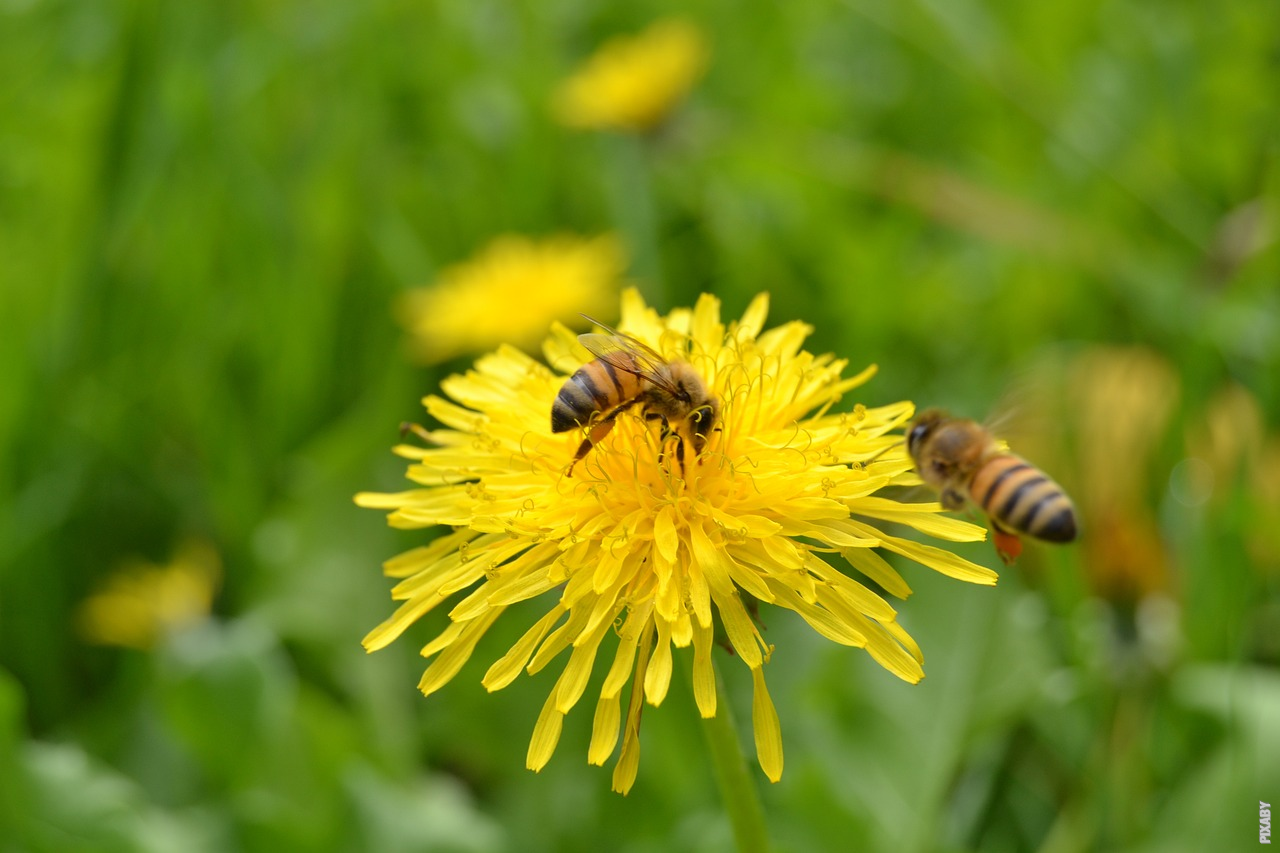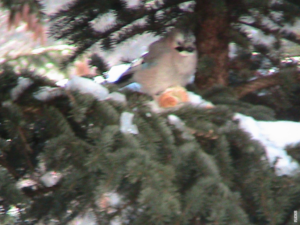The Intricate Dance of Pollination
Pollination, a fascinating natural phenomenon, plays a crucial role in the survival of numerous plant species. This intricate process involves the transfer of pollen grains from the male reproductive organs of a flower to the female reproductive organs, enabling fertilization and subsequent seed formation. Let’s dive into the captivating world of pollination and explore its significance within our vast ecosystem.
A Symphony of Colors and Fragrances
As we venture into the realm of pollination, we encounter a breathtaking display of colors and fragrances. Flowers, nature’s enchanting creations, have evolved unique strategies to attract their pollinators. Brilliant hues and captivating scents serve as alluring invitations to a wide array of pollinators, including bees, butterflies, birds, and even bats.
The Dance Partners
In this elaborate dance of survival, plants and their chosen pollinators have formed intricate partnerships over millions of years. Each pollinator has specific preferences and tendencies, shaping the evolution of plants to cater to their needs. Bees, for instance, are partial to flowers with bright colors and sweet nectar, while butterflies are attracted to flowers with long tubular shapes.
A Mutualistic Relationship
Pollination is a prime example of a mutualistic relationship, benefiting both the pollinators and the plants. While the pollinators receive nourishment in the form of nectar or pollen, they inadvertently aid the plants in their reproduction by facilitating the transfer of pollen. This symbiotic bond ensures the survival and genetic diversity of countless plant species.
The Unsung Heroes
Among the unsung heroes of pollination are bees, whose tireless efforts contribute to the pollination of a significant portion of flowering plants. These industrious insects diligently collect pollen as they move from one flower to another, inadvertently transferring pollen grains in the process. Without bees and other pollinators, our world would be devoid of vibrant and diverse flora.
Post
Post
Threats to Pollination
Despite its inherent beauty and importance, pollination faces numerous challenges in today’s world. Habitat loss, pesticide use, climate change, and the decline of pollinator populations pose significant threats to this delicate process. As a result, the survival of countless plant species hangs in the balance, impacting entire ecosystems.
The Fragile Balance
Recognizing the fragility of pollination, scientists, conservationists, and communities worldwide are joining forces to protect and restore pollinator habitats. Efforts include planting pollinator-friendly gardens, reducing pesticide usage, and promoting awareness about the critical role of pollinators in maintaining a healthy environment. By safeguarding pollination, we can preserve the delicate balance of our ecosystems.
Awe-Inspiring Beauty and Resilience
The world of pollination offers a glimpse into the awe-inspiring beauty and resilience of nature. It serves as a reminder of the interconnectedness of all living beings and the intricate systems that sustain life on our planet. Let us marvel at the wonders of pollination and strive to be mindful stewards of our environment, ensuring a harmonious coexistence with the natural world.



